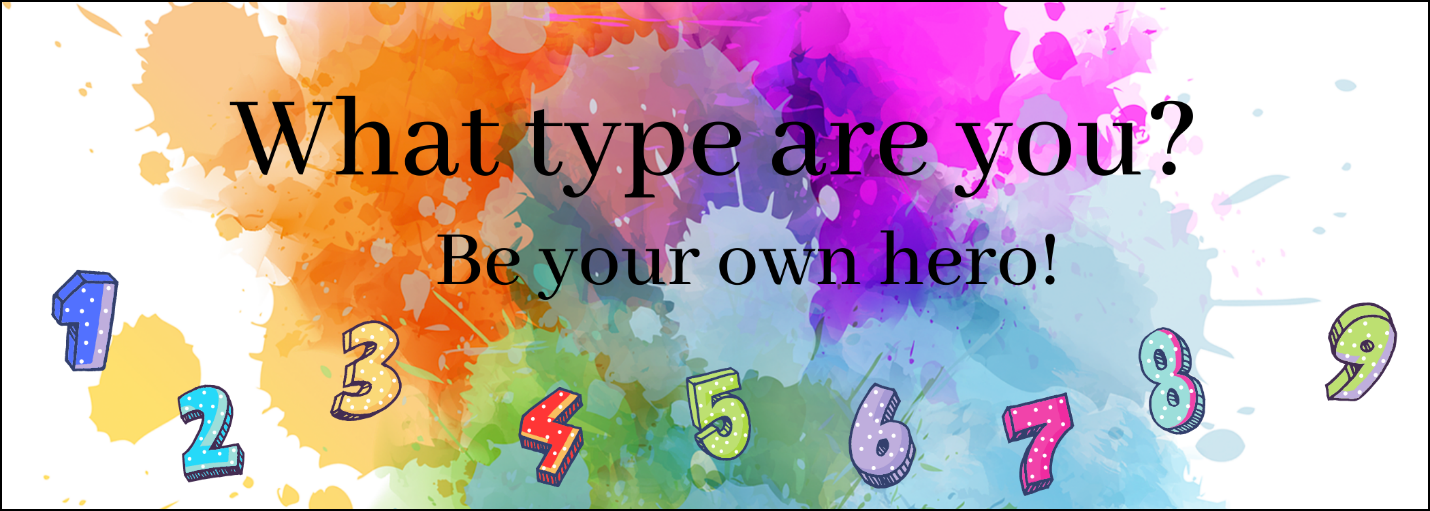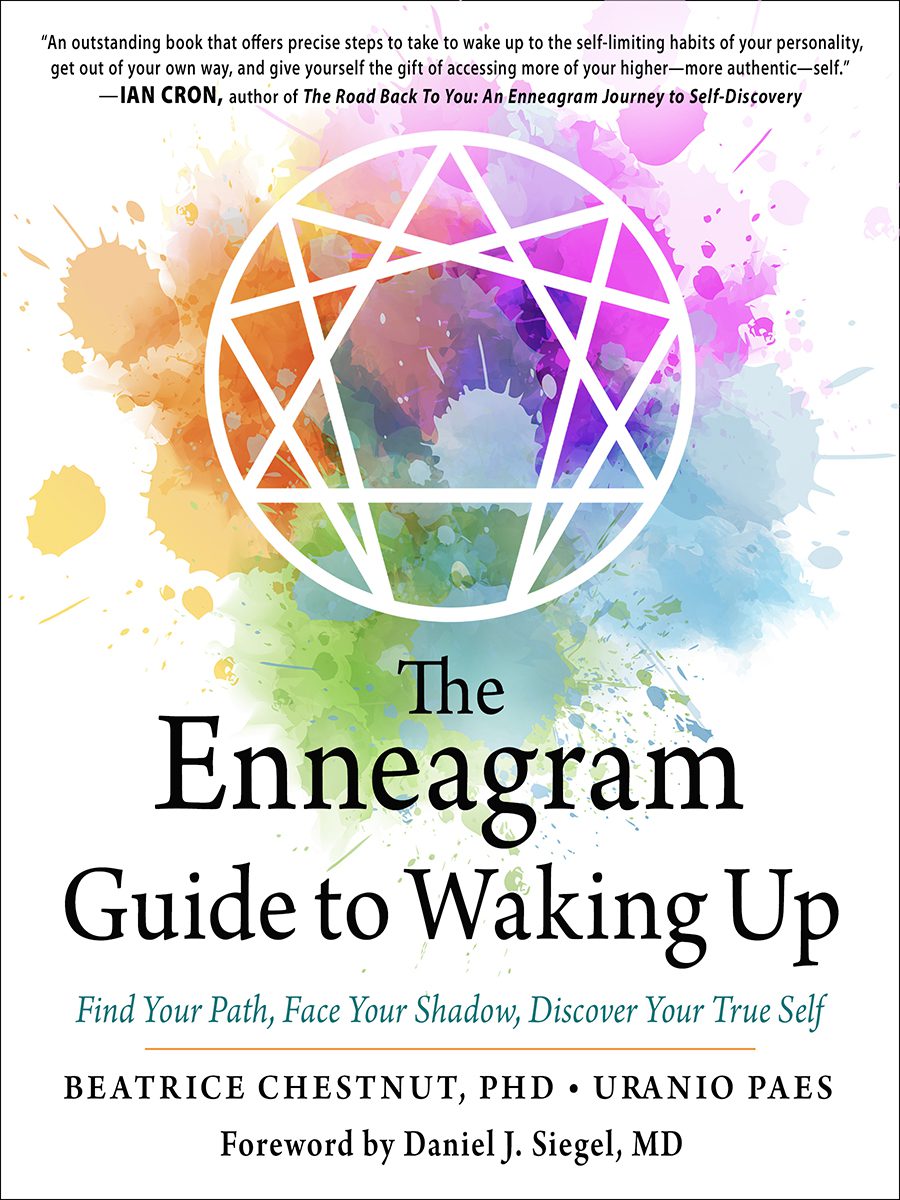It used to be “hey, what’s your sign?” Now, more and more, we’re hearing “hey, what’s your type?” – especially among millennials. Enter, the Enneagram. The personality test that typecasts everyone! It unveils the good and the bad about your character and helps you better understand why you do what you do. There’s no running from the bad. In fact, the bad is good! It sheds light into your shadows and helps you understand how to better accommodate those traits.
The Enneagram can free you from defensive self-limiting patterns and help you grow into an expanded version of yourself. It can show you who you really are by showing you who you think you are. Only then can you know who you actually are – and who you are not.
So, what exactly is the Enneagram and why should you care? Here’s some compelling information from the Introduction to “The Enneagram Guide to Waking Up” that shows why.
The Enneagram is a complex and meaningful symbol that relates to many different systems of knowledge, including psychology, cosmology, and mathematics. It forms the basis of a highly accurate typology that describes nine distinct personality types and serves as a sense-making framework for understanding the human ego and mapping out a process of growth. As a psychological and spiritual model that lays out specific paths of self-development, it helps us “wake up” to ourselves by revealing the habitual patterns and blind spots that limit our growth and transformation.
The Enneagram is based on nine personality types grounded in three “centers of intelligence” that determine how we take in and process information from the outside world.
- We think and analyze using our head center. Types 5, 6, and 7 are dominated by this center and their experience is shaped by thoughts. They are analytical and imaginative, and know how to plan and make sense of things, but they can be overly logical and detached from feelings and emotions.
- We feel emotions and connect with others using our heart center. Types 2, 3, and 4 are dominated by this center and their experience is shaped by feelings. They are usually emotionally intelligent and empathetic, and value connection and relationships, but they can be overly focused on image and fear rejection.
- We experience life through our senses using our body center. Types 1, 8, and 9 are dominated by this center and their experience is shaped by sensations. They are usually committed and responsible, and value truth and honor, but they can be judgmental and inflexible
We get “out of balance” when we use one of these centers more than the other two. The Enneagram helps us become aware of and redress this imbalance.
Each of the nine types on the Enneagram circle can be defined in terms of a central survival strategy comprised of habitual patterns and motivations. We all develop unconscious strategies to avoid pain and discomfort as we move through the world. When we see ourselves as the sum total of these unconscious patterns, we lose sight of who we really are and what’s possible for us. The fact that these strategies are unconscious makes it hard (or impossible) to acknowledge and move beyond them. But we are actually much more than we think we are, and the Enneagram helps us to realize this.
Take a look at “The Enneagram Guide to Waking Up.” You and your type will be glad you did!


